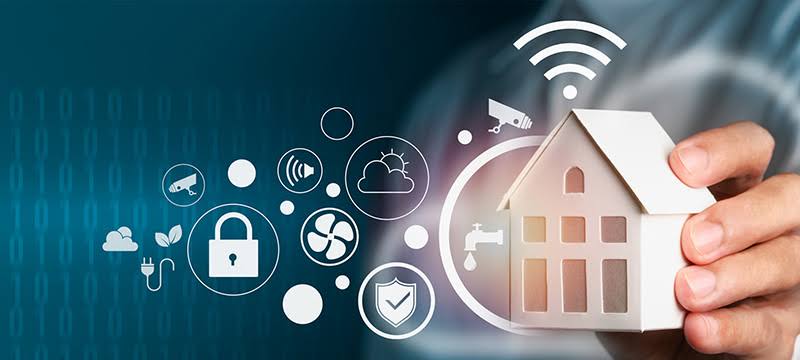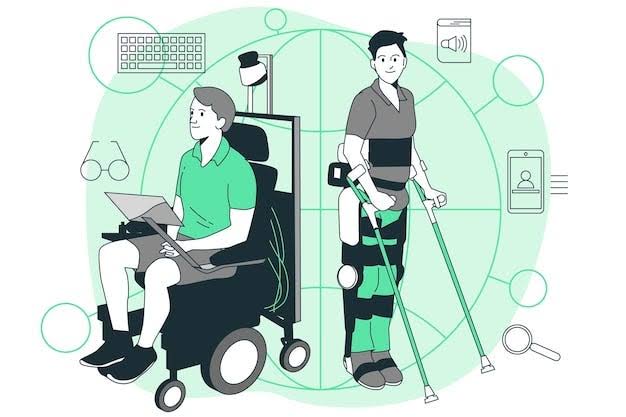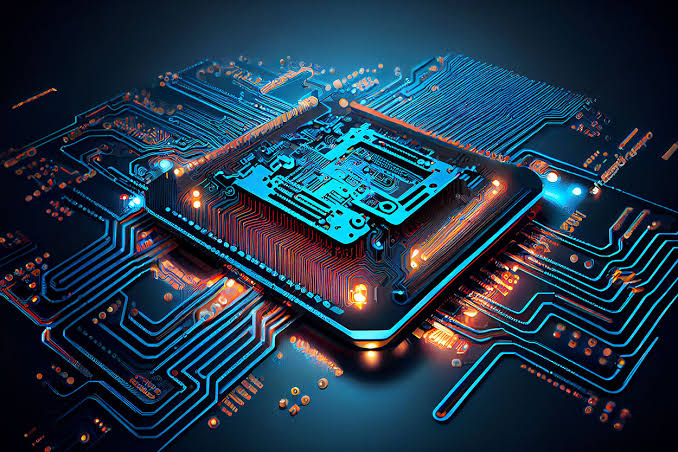The Internet of Things, commonly referred to as IoT, has become one of the driving forces behind modern smart home technology. In recent years, the adoption of IoT-enabled devices has transformed ordinary households into connected ecosystems where appliances, security systems, and entertainment tools can all interact seamlessly. The ability to link devices together and control them remotely has not only enhanced convenience but also brought efficiency, security, and sustainability into everyday living.
What IoT Means for Smart Homes
IoT in smart homes refers to the integration of internet-connected devices that can collect, exchange, and act on data. From smart speakers and thermostats to connected refrigerators and lighting systems, these devices communicate with each other to create a unified home experience. For homeowners, this means greater control and customization of daily activities.
- Devices operate through Wi-Fi, Bluetooth, or specialized smart home hubs.
- Sensors and data collection enable predictive actions.
- Integration allows central control from smartphones, tablets, or voice assistants.
This interconnected framework forms the backbone of what is now referred to as a smart home environment.
Enhancing Convenience and Comfort
One of the primary benefits of IoT in smart homes is convenience. Homeowners can automate everyday tasks, making life easier and more comfortable. For instance, lights can turn on as soon as someone enters a room, or coffee machines can start brewing in the morning without manual input.
- Voice-controlled assistants make it easy to manage devices.
- Scheduling features save time and effort.
- Personalized settings adjust to household members’ preferences.
Such automation eliminates the need for repetitive actions while ensuring that home environments are tailored to individual needs.
Energy Efficiency and Sustainability
Another critical role IoT plays in smart homes is improving energy management. Smart devices monitor and regulate energy consumption, helping households reduce waste and cut down on utility bills. Smart thermostats, for example, learn user behavior and adjust heating and cooling systems accordingly, while connected lighting systems can dim or switch off when not needed.
- Smart plugs track and manage energy consumption of appliances.
- Automated blinds reduce energy use by regulating natural light.
- Data analytics provide insights into energy-saving opportunities.
These features not only benefit homeowners financially but also contribute to broader environmental sustainability goals.
Security and Safety Enhancements
Security is another major area where IoT technology has made an impact. Smart homes are equipped with connected cameras, motion sensors, and smart locks that provide real-time monitoring and alerts. This allows homeowners to keep track of their property from anywhere in the world using mobile devices.
- Smart locks eliminate the need for physical keys.
- Motion detectors send instant alerts in case of unusual activity.
- Video doorbells allow remote communication with visitors.
Beyond security, IoT devices also enhance safety through smoke detectors, water leak sensors, and emergency alerts, reducing risks and providing peace of mind.
Integration with Entertainment Systems
The role of IoT in entertainment has also reshaped smart homes. Smart TVs, sound systems, and streaming devices are integrated into connected networks, allowing users to control everything from a single hub or even through voice commands. Entertainment preferences can be personalized, creating seamless experiences across devices.
- Streaming platforms synchronize across multiple devices.
- Voice assistants manage music, TV, and gaming systems.
- Multi-room audio systems offer synchronized playback.
This interconnected entertainment ecosystem provides flexibility and enjoyment for every household member.
Challenges of IoT in Smart Homes
While IoT offers numerous benefits, it also comes with challenges that must be addressed. Security vulnerabilities remain a significant concern, as hackers may target poorly protected devices. Additionally, the cost of adopting multiple smart devices can be high, limiting accessibility for some households.
- Data privacy issues arise with constant data collection.
- Compatibility challenges occur when devices from different brands do not integrate seamlessly.
- Continuous software updates are required to maintain performance and security.
Overcoming these challenges requires stronger security measures, better device standardization, and affordable solutions for wider adoption.
The Future of IoT in Smart Homes
Looking ahead, the role of IoT in smart homes will only expand as technology evolves. Advances in artificial intelligence and machine learning will make smart devices more predictive and adaptive, reducing the need for manual input. Interoperability between devices is also expected to improve, enabling smoother integration across different brands and ecosystems.
- AI-powered automation will personalize home environments further.
- 5G connectivity will enhance real-time device communication.
- Smart cities will integrate with smart homes for larger connected networks.
As IoT continues to mature, smart homes will evolve into highly intelligent, sustainable, and secure environments that adapt effortlessly to human lifestyles.
Conclusion
The Internet of Things has become a cornerstone of modern smart homes, shaping the way people live, work, and interact with their environments. By improving convenience, efficiency, and security, IoT has elevated household living into a more connected and intelligent experience. While challenges like privacy and cost remain, advancements in technology promise to make smart homes more accessible and effective in the years to come.




97zxd5